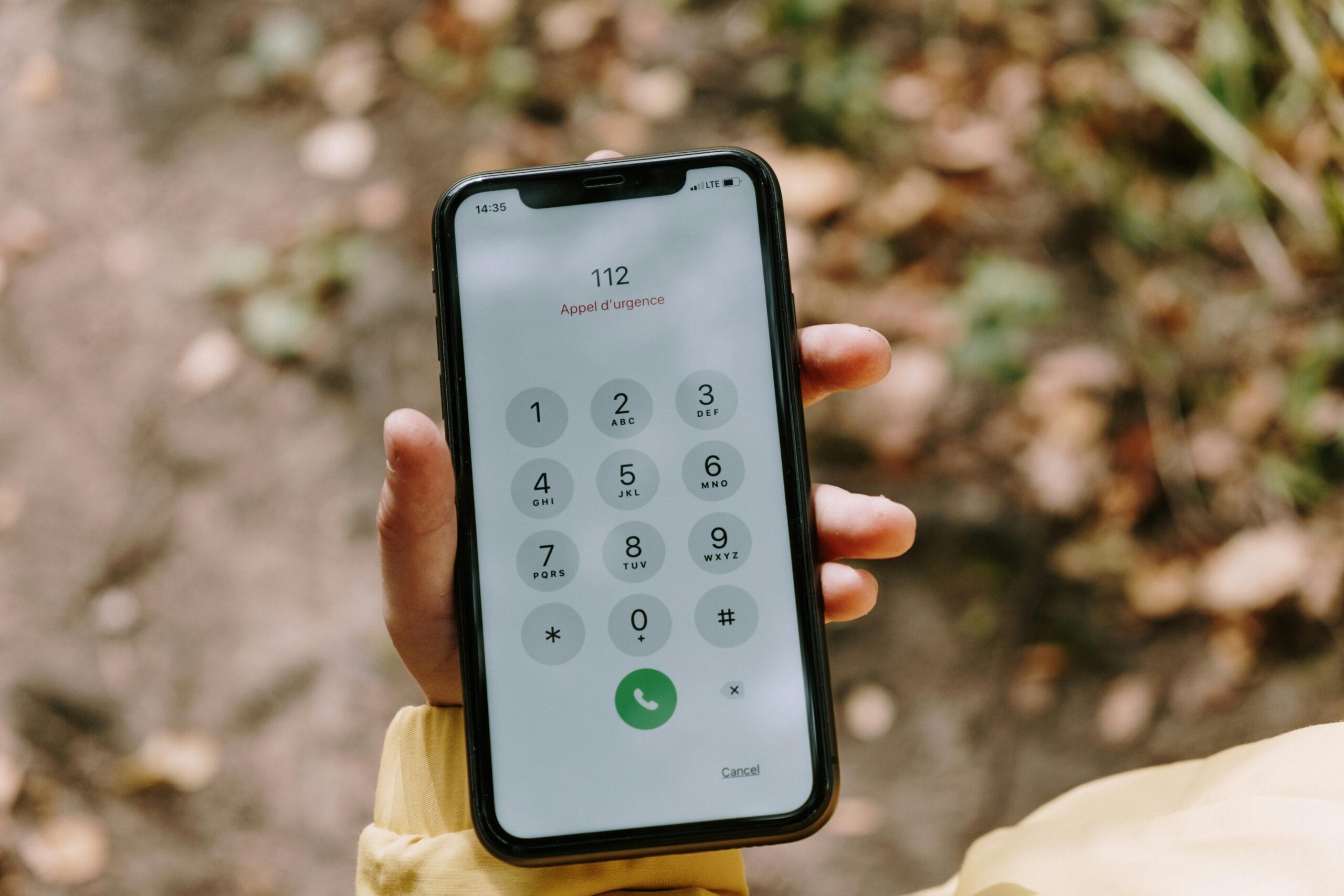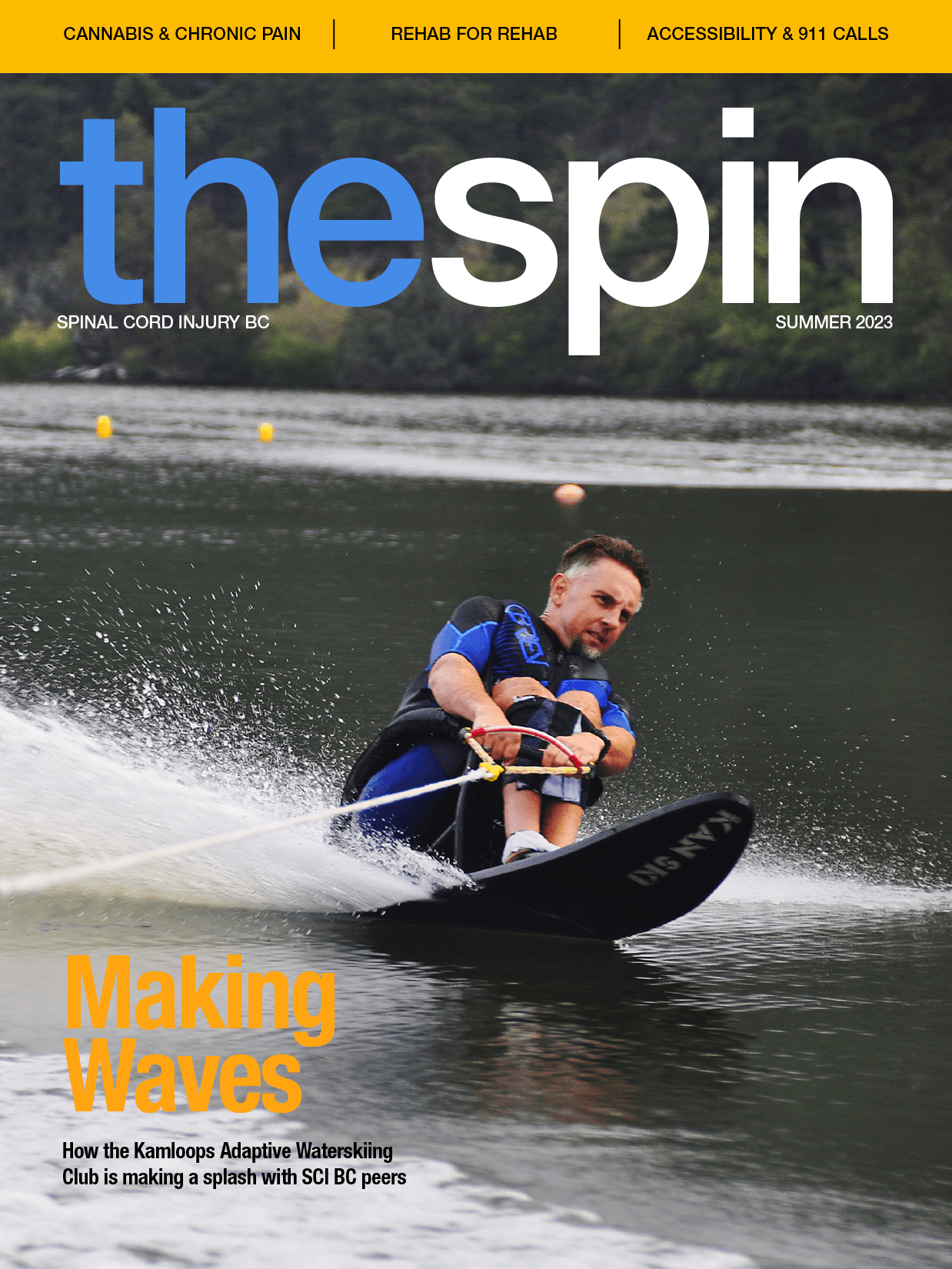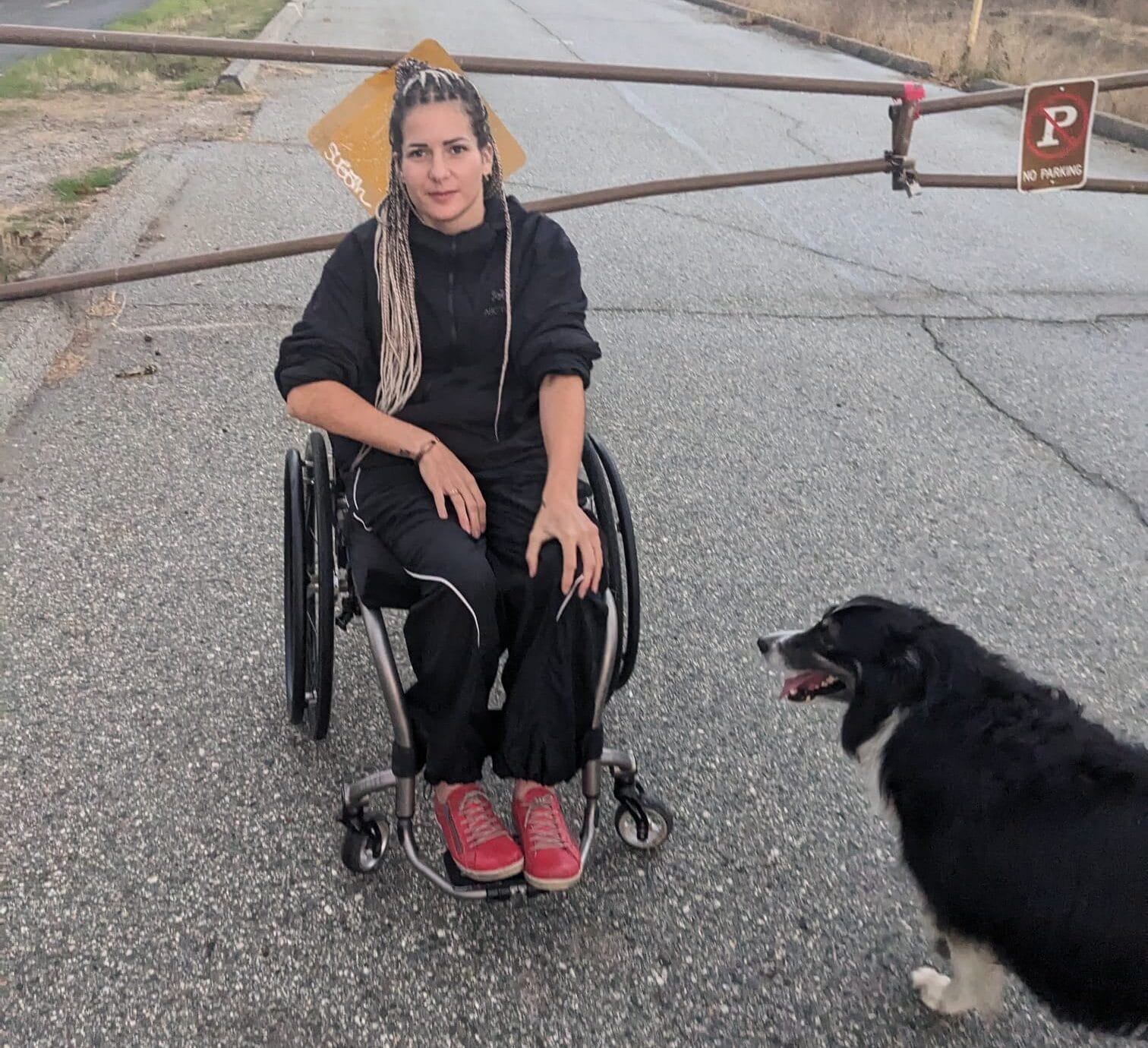
In an emergency, we all know to call 911. Sometimes, we even call 911 when we didn’t mean to (odds are, more than one of you has “butt-dialed” it at some point). But whether intentional or not, the only way to reach the 911 service has been to dial the number on your landline or mobile phone. Thanks to new technologies, new options for contacting emergency services are coming, but it is imperative that there are options that work for everyone.
This is why the Neil Squire Society undertook a project entitled, Research to Inform Standards for Next Generation 911 Communications. Funded by Accessibility Standards Canada, the project reached out to people from different disability groups to learn how new ways of communicating with 911 affected their ability to communicate with the emergency service.
Feedback was collected through focus groups and a national online survey. Participants were shown six new ways to communicate with 911 and were asked
if they made it easier or harder to get help, to rate the new ways to get help, and which ones they liked the best and least. In all, 51 people took part in the focus groups and 493 people filled out the survey. Just over one third of the survey responders identified as having a mobility disability, the majority of which were considered severe impairments. The other disability groups included
cognitive, hearing, vision, and deafblind.
The top three choices were Total Conversation, live video streaming, and the Help app. People liked Total Conversation best because they could choose to use voice, video, or text. Live video streaming was popular because it can be used right away and there was no need to install an app to use it. The Help app was the third pick as it allowed video information to be shared with a 911 operator during a call but it required the app to be installed in order to use it.
Text messaging with photo or video was not a top choice but people did like the option of including images or videos in a text. Live text messaging was also a less popular choice as seeing the text being typed in real time was not thought to be useful. Participants also noted these apps use voice dictation and screen readers, so can’t be used silently in an emergency. The Picture Help app ranked the lowest as it takes longer to pick out icons to make sentences than it does to send photos.
Seven recommendations have come from the research: Total Conversation should be used by 911; everyone should be able to use text messaging with photo or video; people need to be trained to use the options; emergency staff need to be trained to know how to use and support new ways of contacting 911; 911 systems need to be improved; people with disabilities need their information protected; and internet and video calls to 911 need to be free.
Six new proposed ways to improve 911
- Text messaging with photo or video: Lets users add sound, images and videos into text messages.
- Live video streaming: Lets users show someone with their phone camera what they are seeing in real time, but the user cannot see the other person like in a video call.
- Real-time text messaging: People can see the text message as it is being typed.
- Total Conversation: Lets users choose how they want to communicate. Users can make a call with video and live text at the same time.
- Help app: Allows a 911 phone call to have live video streaming. The app can send the user’s medical information and can also speak a help message that’s been recorded and put in the app.
- Picture Help app: Lets users choose pictures instead of typing words to make sentences and help users to describe their emergency. It will also send the user’s location.
The next generation of 911 is coming. Thanks to the Neil Squire Society and those who participated in the study, it stands a better chance of being more accessible to all.
This article was originally published in the Summer 2023 issue of The Spin. Read more stories from this issue, including:
- Waterskiing
- Cannabis and Chronic Pain
- Improving BC’s System of Rehabilitation and Recovery
And more!




